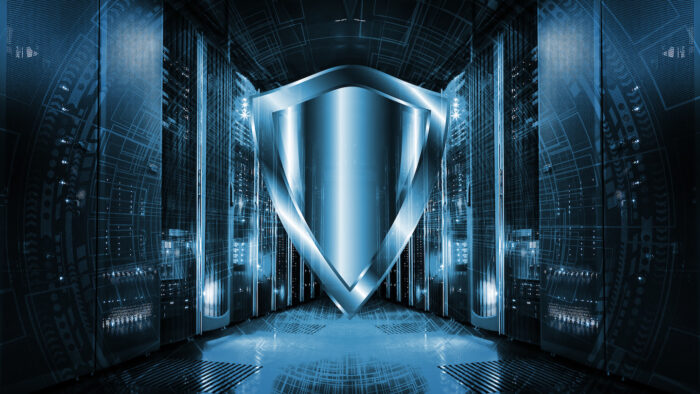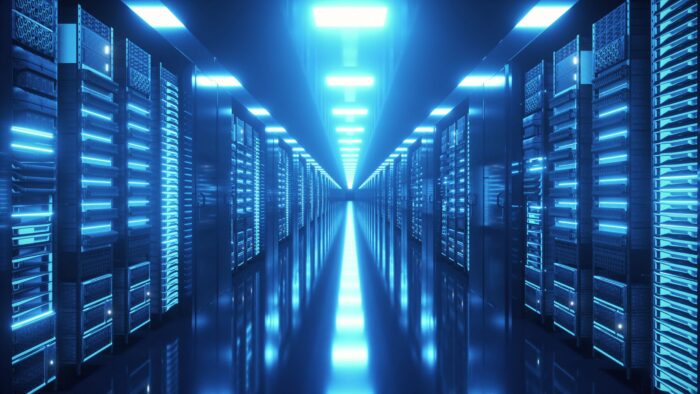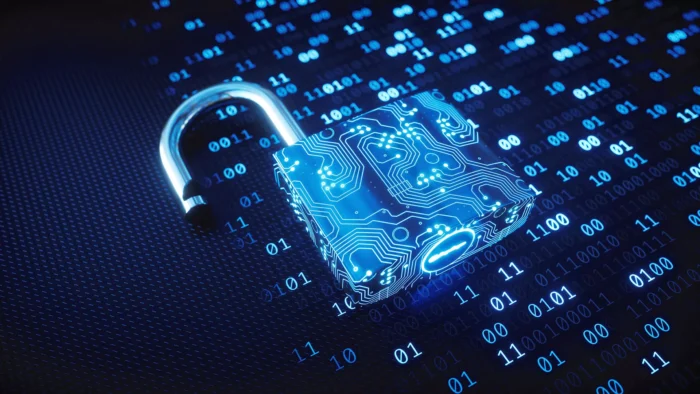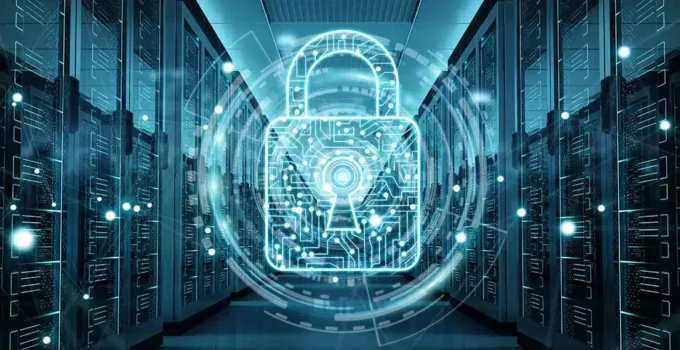Data centers are at the heart of modern technology. They are the critical infrastructure that powers everything from websites to cloud computing and corporate networks. Securing these facilities is of utmost importance, as data breaches or physical attacks can result in significant financial loss, legal complications, and damage to reputation.
Whether you’re managing a large enterprise data center or a smaller facility, maintaining security involves a combination of physical, digital, and procedural safeguards. This article will explore some of the most effective methods that are commonly used to help secure a data center.
Key Components of Data Center Security

Source: dotmagazine.online
Securing a data center requires a multi-layered approach. Both physical security and cybersecurity are essential in ensuring the safety and availability of the data and equipment housed within the facility. Let’s look at some of the most important security strategies below:
1. Physical Security: Access Control
Controlling who can physically enter the data center should be the first line of physical defense. Access should be strictly regulated using technologies like biometric systems (fingerprint or retina scanners), key cards, and/or PIN codes. It is critical to create tiered access levels, where only authorized personnel can enter certain parts of the facility (such as server and communications rooms).
Implementing a zero-trust policy for physical access ensures that no individual, including staff, is granted access without proper authentication. Regular audits and logs of entry points should also be maintained to monitor and review who enters and exits the premises. This can sometimes help to spot suspicious activity and behaviour of those who do have access.
2. Physical Security: Perimeter Fencing
One of the most effective ways to deter unauthorized access to a data center is by securing the physical perimeter of the facility. Installing robust, high-quality perimeter fencing ensures that unauthorized individuals are kept out before they even approach the building. For facilities in isolated or high-risk locations, proper data center fencing is a necessity for protecting the infrastructure. Some installations use a double fence with a pathway in between where security personnel can patrol on a regular basis.
Perimeter fencing is often paired with other security measures such as motion-sensing cameras, floodlights, and security patrols to create an additional deterrent.
3. Surveillance and Monitoring

Source: sentrypods.com
Continuous surveillance is crucial to ensuring that any unauthorized activity is detected early. Data centers should be equipped with 24/7 surveillance through a combination of security cameras, motion detectors, and even facial recognition systems. These tools can alert security personnel to unusual activity and help deter criminal behavior before it escalates.
Many data centers also use artificial intelligence (AI) and machine learning algorithms to enhance their surveillance systems. These technologies can identify suspicious behavior patterns in real-time, allowing security teams to respond quickly.
4. Cybersecurity Measures
While physical security is vital, the digital security of a data center is just as important. Comprehensive firewalls, intrusion detection systems (IDS), and antivirus solutions must be implemented to protect the data housed in the facility. Network segmentation is also an effective practice, where sensitive systems are isolated from less critical systems to minimize the risk of a breach.
Regular vulnerability assessments, patching, and updates of security software are key components of cybersecurity. Moreover, employee awareness and training on phishing scams and other social engineering tactics can help prevent cyberattacks originating from inside the company.
5. Redundant Power and Environmental Controls
Ensuring that the data center is well-protected from environmental hazards is often overlooked but critical. This includes fire prevention and suppression systems, redundant cooling systems to avoid overheating, and backup generators to ensure power continuity.
Many data centers implement multi-layer fire suppression systems, which include early detection mechanisms, as well as gas-based extinguishing systems that minimize damage to sensitive electronics.
6. Secure Data Storage and Encryption

Source: utimaco.com
All data stored within the data center should be encrypted, whether it’s in transit or at rest. Encryption ensures that even if physical or cyber intruders gain access to the servers, the information will remain unreadable and unusable.
Additionally, secure offsite backups and data replication to geographically dispersed locations help ensure that data is not lost in the event of a disaster at the primary site. Many data centers use end-to-end encryption to secure data communications between the data center and its clients.
Conclusion
In an increasingly connected world, data centers serve as the backbone of many critical operations, making them prime targets for physical and cyber threats. Implementing a holistic security strategy that encompasses physical access control, robust perimeter fencing, continuous monitoring, and cybersecurity measures is essential to safeguarding these facilities.
Perimeter fencing forms a critical part of the physical security strategy, preventing unauthorized access and ensuring the overall protection of the site. By combining these fencing solutions with modern surveillance and access control technologies, data centers can maintain a high level of security and reliability in an ever-evolving threat landscape.
Securing a data center is not a one-time effort; it requires continuous improvement and adaptation to new threats. With the right approach, you can protect your infrastructure, ensuring that your operations run smoothly and securely.
Table of Content




